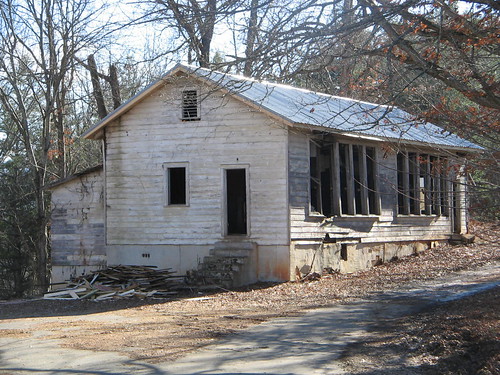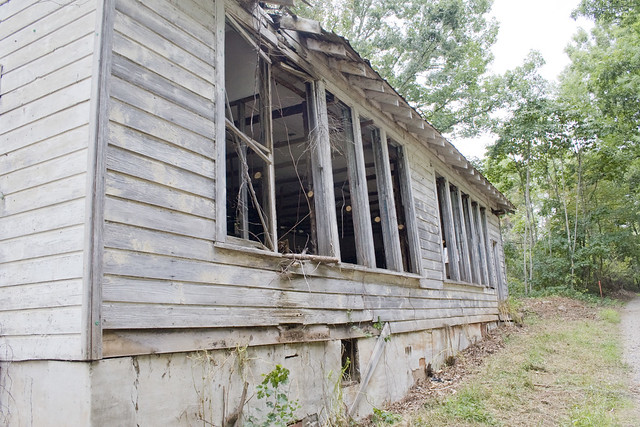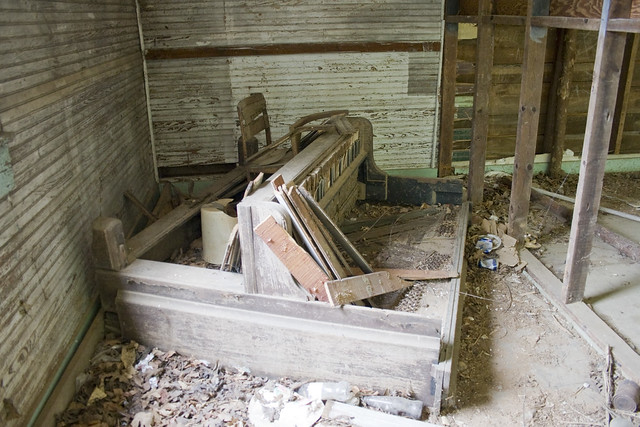
The Establishment of Rosenwald Schools
In the 1920s, the president of Sears, Roebuck and Co, Julius Rosenwald, created a fund to build schools in the rural areas of 15 southern states to enable black children to get an education during segregation. The schools were financed with matching grants from the Rosenwald fund, local governments and the local black communities.

The Anderson School in Mars Hill
The Rosenwald school in the then black Long Ridge section of Mars Hill was one of the more than 4000 constructed throughout the south with around 2000 built in North Carolina. There were more built in North Carolina than in any other state and the Anderson School is one of the few remaining in the mountains of western North Carolina. This school was built in 1930 and named for Joseph Anderson, a Mars Hill slave who was taken to jail as collateral security for a Mars Hill College debt in the 1850′s. Many of the people in the Long Ridge community trace their ancestry back to Anderson. For people in the Long Ridge Community, the symbol is more personal. It was their school, representing not just education, but through it, a doorway to equality for their children. And, for the whole community of Mars Hill it stands as a reminder of the struggle for equal rights.

Attending classes up to the 8th grade, more than 2000 African American children attended the Anderson School during the years it operated, ending with 1964, when the school was closed as a result of integration. During that time, there were some famous visitors, one of whom was automobile tycoon Henry Ford in 1918. Teachers and students told Ford they had no room for arts and crafts, so Ford later funded an art room behind the school. Just down the road at the small Mt. Olive Baptist church, the parents of jazz great Billy Strayhorn were married.
Restoring the Anderson Rosenwald School

Rosenwald was abandoned in the 1960s, but now an effort is under way to restore the old school. The school represents the initiative that provided quality buildings and reliable access to public education for African Americans in the South. Because “you can just feel the history there,” the community is working to preserve and renovate the school into a Community Cultural Center dedicated to promoting a fuller understanding of black history in the Blue Ridge region. The Mars Hill initiative is part of a nationwide movement to preserve Rosenwald Schools which is coordinated through the National Historic Conservation Trust.

To visit the site, take South Main Street from its junction with NC Highway 213 in downtown Mars Hill. After 1 mile, bear right onto Woods Ammons Road for 1/10 of a mile and then make the first left onto Long Ridge Road after 2/10 of a mile. Stay on Long Ridge for 2/10 of a mile and make a left onto Mt Olive Drive (just opposite the Mt Olive Church on the right side) and take the road to the end where the school site is.

Anderson Rosenwald School's piano inside the school building
Charity Ray, one of the alumni, went on to a retailing career in NYC, and is an artist whose work is respected in the county today. One of her best loved watercolors is of the Anderson School.
Video of the Anderson Rosenwald School

No comments:
Post a Comment